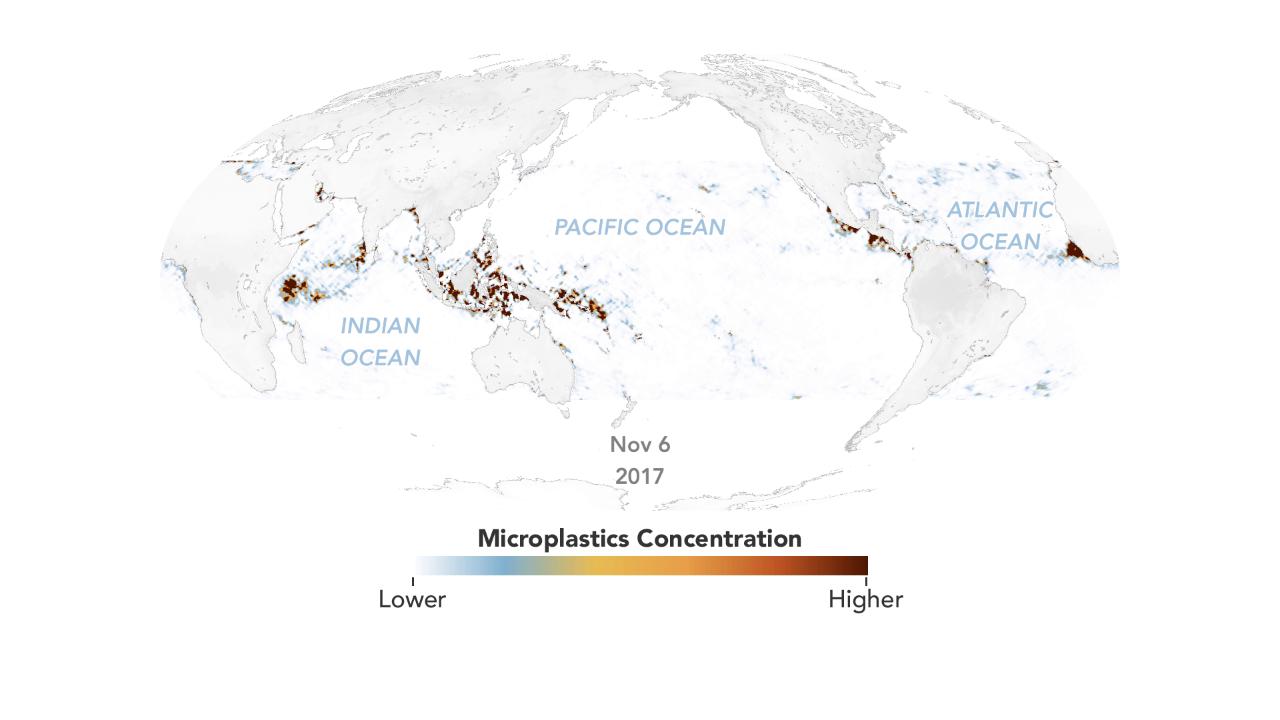Canada's Resource Sector Reform: A Bulldog Banker's Approach

Table of Contents
Environmental Sustainability and Resource Management
The Canadian government's commitment to environmental sustainability is driving significant changes in resource management. This involves strengthening environmental regulations and prioritizing Indigenous consultation and reconciliation.
Strengthening Environmental Regulations
The extraction of natural resources is increasingly subject to heightened scrutiny. This is reflected in:
- Increased scrutiny of environmental impact assessments (EIAs): EIAs are now more rigorous, requiring more comprehensive analysis of potential environmental impacts, including cumulative effects and long-term consequences. This increased rigor aims to minimize the environmental footprint of resource projects.
- Emphasis on carbon capture, utilization, and storage (CCUS) technologies: The government is actively promoting the adoption of CCUS technologies to reduce greenhouse gas emissions from the oil and gas sector and other resource-intensive industries. Incentives and funding are provided to encourage the development and deployment of these technologies.
- Regulations to minimize water pollution and habitat destruction: Stricter regulations are in place to protect water resources and sensitive ecosystems. This includes measures to reduce water consumption during resource extraction and to prevent the discharge of pollutants into waterways. These regulations are designed to minimize the impact on biodiversity and aquatic life.
- Increased penalties for non-compliance with environmental laws: The government has implemented stricter penalties for companies that violate environmental regulations, aiming to deter non-compliance and incentivize responsible environmental stewardship.
Indigenous Consultation and Reconciliation
The reform process places significant emphasis on Indigenous rights and the importance of free, prior, and informed consent (FPIC) in resource development projects. This translates to:
- Impact of Indigenous land rights on project approvals: Project approvals are now heavily influenced by the recognition and respect of Indigenous land rights and traditional territories. Meaningful consultation with Indigenous communities is a prerequisite for any resource development project.
- Benefits agreements and revenue sharing with Indigenous communities: The government is encouraging the development of benefits agreements that ensure Indigenous communities receive fair compensation and share in the economic benefits of resource development projects. This includes revenue sharing models and investment in community development initiatives.
- Collaboration with Indigenous communities to promote sustainable resource management: A shift towards collaborative resource management is underway, where Indigenous knowledge and traditional practices are integrated into sustainable resource management plans.
Fiscal Responsibility and Revenue Maximization
The reform also aims to improve fiscal responsibility and maximize government revenue from resource extraction.
Modernizing Royalty Structures
The government is modernizing royalty structures to ensure fairer returns and prevent revenue leakage. Key initiatives include:
- Shift from volume-based to value-based royalties: A transition is underway from royalty systems based on the volume of resources extracted to systems that reflect the value of the resources. This ensures that the government receives a greater share of the profits, particularly during periods of high commodity prices.
- Review of tax incentives and deductions for resource companies: The government is regularly reviewing tax incentives and deductions for resource companies to ensure they are efficient, equitable, and aligned with broader economic and environmental goals.
- Implementation of measures to prevent tax avoidance and evasion: Measures are being implemented to enhance transparency and crack down on tax avoidance and evasion by resource companies, ensuring fair taxation and maximizing government revenue.
Diversification of the Resource Sector
Canada is actively pursuing diversification of its resource sector beyond traditional commodities. This involves:
- Investment in critical minerals and rare earth elements: Significant investment is being made to develop Canada's potential in critical minerals and rare earth elements, crucial for clean energy technologies and advanced manufacturing.
- Growth of the renewable energy sector (solar, wind, hydro): The government is actively promoting the growth of renewable energy sources through various policy instruments, including tax credits, subsidies, and supportive regulations.
- Government incentives for sustainable resource development: The government offers a range of incentives to support sustainable resource development, including funding for research and development, tax breaks for green technologies, and support for environmentally friendly practices.
Technological Advancements and Innovation
Technological innovation is playing a vital role in shaping the future of Canada's resource sector.
Adoption of New Technologies
Resource extraction and processing are undergoing a technological transformation, with:
- Increased use of automation and robotics in mining: Automation and robotics are improving efficiency, safety, and productivity in the mining sector, reducing labor costs and environmental impacts.
- Application of big data and AI in resource exploration and management: Big data analytics and artificial intelligence are improving resource exploration, optimizing extraction processes, and enhancing resource management.
- Development of more efficient and environmentally friendly extraction methods: Technological advancements are leading to the development of more efficient and environmentally friendly extraction methods, reducing the environmental footprint of resource extraction activities.
Supporting Research and Development
The government is heavily investing in research and development to support innovation in the resource sector:
- Funding for research and development in clean energy technologies: Significant funding is being allocated to research and development in clean energy technologies, driving innovation in renewable energy sources and energy storage.
- Support for the development of sustainable resource management practices: The government is supporting the development and implementation of sustainable resource management practices, including improved land reclamation techniques and environmentally friendly extraction methods.
- Collaboration between industry, academia, and government: Collaboration between industry, academia, and government is fostering innovation and knowledge sharing within the resource sector.
Conclusion
Canada's resource sector reform, approached with a "bulldog banker's" determination, signifies a crucial shift towards sustainability, fiscal responsibility, and technological innovation. The reforms, encompassing stricter environmental regulations, enhanced Indigenous consultation, modernized royalty structures, and technological advancements, aim to ensure the long-term viability and profitability of the sector while mitigating environmental risks and fostering economic diversification. By embracing this comprehensive approach, Canada can position itself as a global leader in responsible resource management and attract investment in sustainable resource development. Staying informed about Canada's Resource Sector Reform is crucial for anyone involved in, or invested in, the future of Canadian resources. For further insights and updates on this evolving landscape, continue researching Canada's Resource Sector Reform and its ongoing developments.

Featured Posts
-
 Quali Acque Contengono La Maggiore Concentrazione Di Microplastiche
May 16, 2025
Quali Acque Contengono La Maggiore Concentrazione Di Microplastiche
May 16, 2025 -
 Report Biden Aide Advises Against Political Involvement
May 16, 2025
Report Biden Aide Advises Against Political Involvement
May 16, 2025 -
 Review The 2026 Bmw I X Best Case Ev Or Overhyped
May 16, 2025
Review The 2026 Bmw I X Best Case Ev Or Overhyped
May 16, 2025 -
 Cubs Vs Padres In Mesa Spring Training Game Preview March 4th 2 05 Ct
May 16, 2025
Cubs Vs Padres In Mesa Spring Training Game Preview March 4th 2 05 Ct
May 16, 2025 -
 Celtics Face Magic In Game 3 Orlando Playoff Battle
May 16, 2025
Celtics Face Magic In Game 3 Orlando Playoff Battle
May 16, 2025
